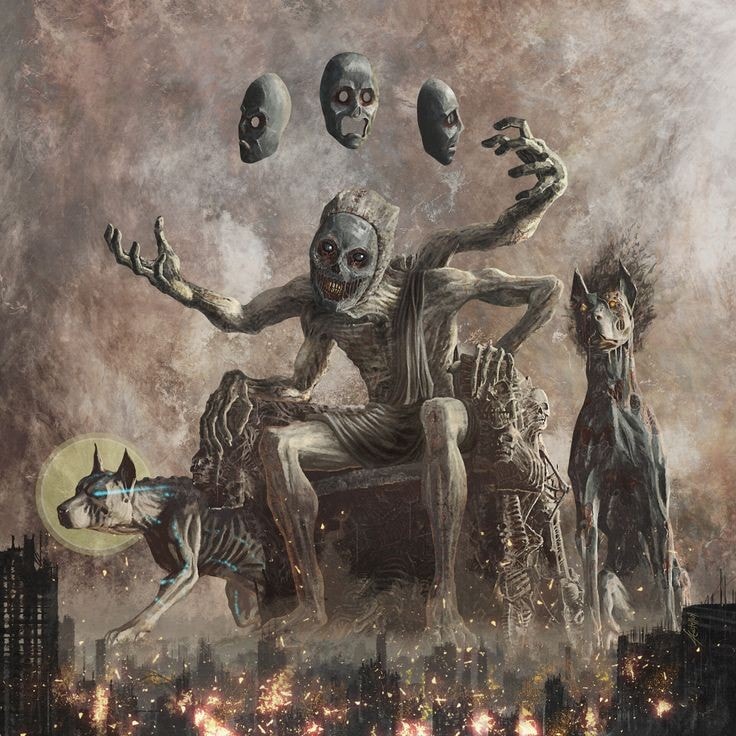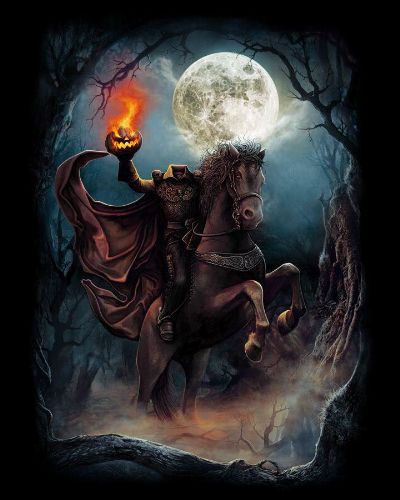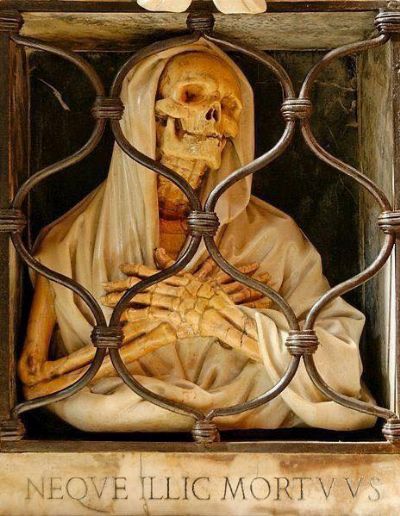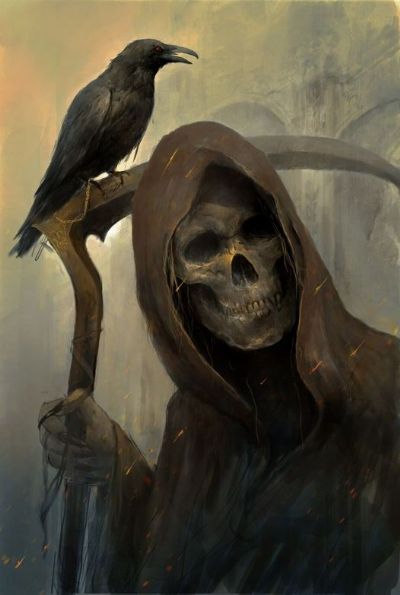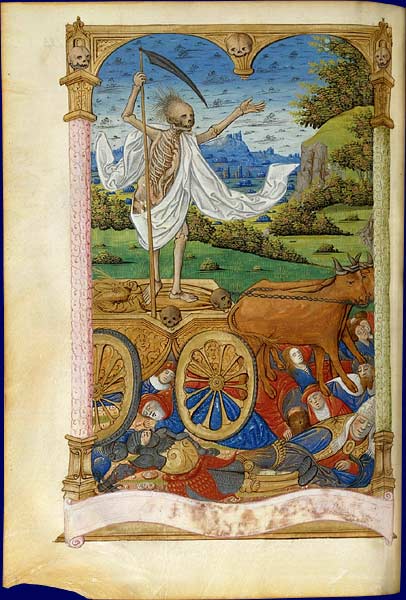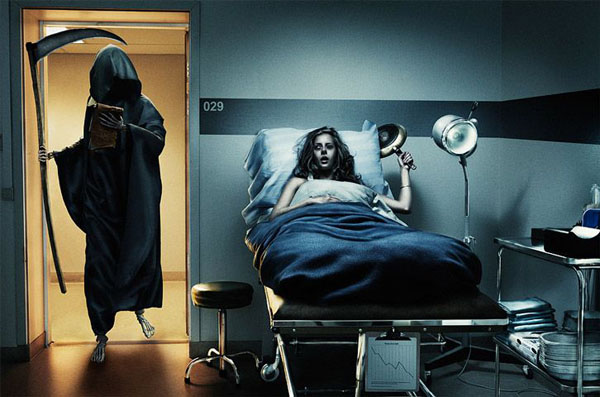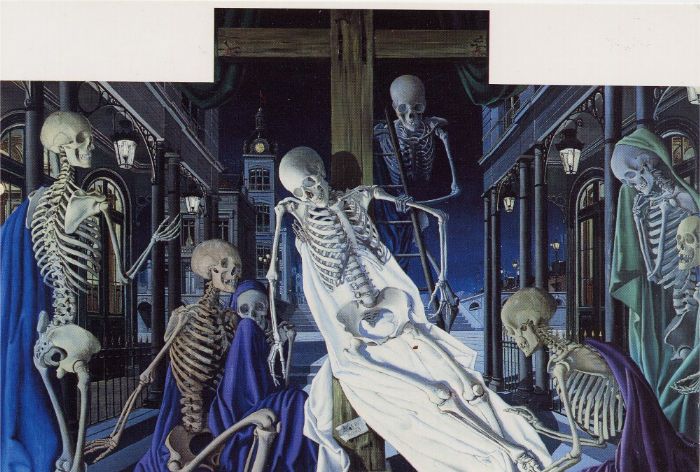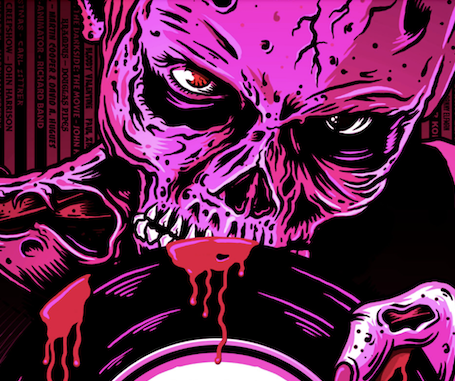The Headless Horseman
The Headless Horseman is a legendary creature harbinger of death in European, Indian and American folklore. The figure is traditionally depicted as a man upon horseback who is either carrying his head, or is missing his head altogether, and is searching for it. Headless horseman in Irish Folklore In Irish folklore, the horseman is referred … Read more

